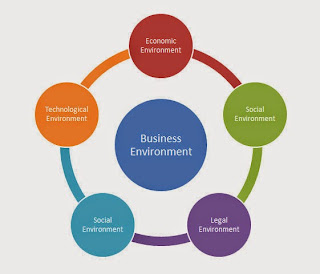Current Electricity
NCERT Solution
Q1: The storage battery of a car has
an emf of 12 V. If the internal resistance of the battery
is 0.4Ω, what is the maximum current that can be drawn from the battery?
Answer: Emf of the battery, E = 12 V
Internal resistance of the battery, r = 0.4 Ω
Maximum current drawn from the battery = I
According to Ohm’s law,
E = Ir
I = E/r =
12/0.4 = 30 A
Thus, the maximum current drawn from the given battery is
30 A.
Q2: A battery of emf 10 V and internal
resistance 3 Ω is connected to a resistor. If the current
in the circuit is 0.5 A, what is the resistance of the resistor? What
is the terminal voltage
of the battery when the circuit is closed?
Answer: Given,
Emf of the battery, E = 10 V
Internal resistance of the battery, r = 3 Ω
Current in the circuit, I = 0.5 A
Resistance of the resistor = R
Applying Ohm’s law,
I = E/(R + r)
R + r = E/I = 10/0.5 =
20 Ω
∴ 20 - 3 =
17 Ω
Terminal voltage of the resistor =
V
According to Ohm’s law,
V = IR
= 0.5 × 17
= 8.5 V
∴ the resistance of the resistor
is 17 Ω and the terminal voltage is
8.5 V.
Q3: a) Three resistors 1 Ω, 2 Ω, and 3
Ω are combined in series. What is the total
resistance of the combination?
b) If the combination is connected to a battery of emf 12 V and
negligible internal
resistance, obtain the potential drop across each resistor.
Answer:
(a) Three resistors of resistances 1 Ω, 2 Ω, and 3 Ω
are combined in series.
Total
resistance of the series combination is the algebraic sum of individual
resistances.
⇒ Total resistance = 1
+ 2 + 3 = 6 Ω















